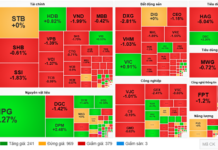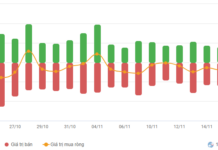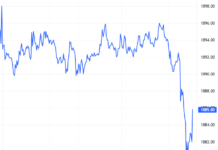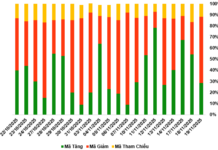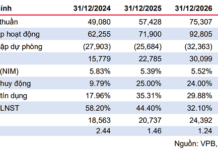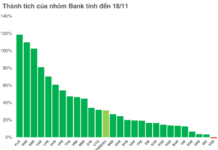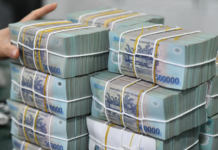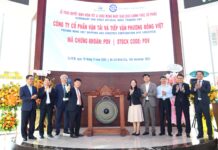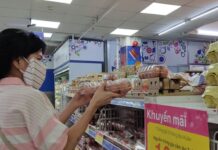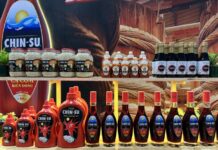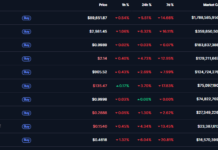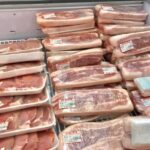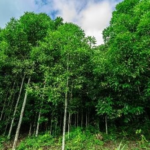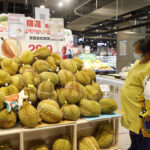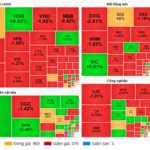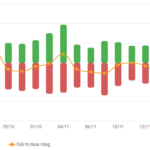Cinnamon: A Spicy Asset for Vietnam’s Agriculture
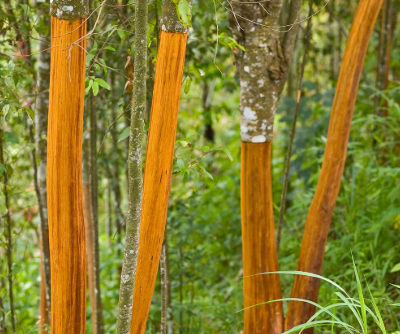
Illustrative image
Cinnamon has long been a prominent crop in Vietnam, contributing significantly to the country’s agricultural economy. With its distinctive aroma and high essential oil content, Vietnamese cinnamon is not only consumed domestically but also exported to over 20 countries and territories, particularly demanding markets like the US, Japan, South Korea, and the EU.
Apart from domestic supply, Vietnam also spends a considerable amount on importing this spice. According to preliminary statistics from the Vietnam Pepper Association (VPSA), in July, Vietnam imported 494 tons of cinnamon, with a turnover of over $1.3 million, a 62% increase in volume compared to June. Indonesia remained the largest cinnamon supplier to Vietnam, accounting for 67.8%, or 335 tons.
Cumulative imports in the first seven months of the year reached 2,772 tons, with a turnover of $6.5 million. Compared to the same period last year, import volume decreased by 6.9%, and turnover decreased by 8%. Vietnam mainly imports cinnamon from Indonesia and China, with import volumes of 1,903 tons and 346 tons, respectively.
On the other hand, Vietnam exported 73,080 tons of cinnamon by the end of July, earning nearly $188 million. This reflects a nearly 35% increase in volume and a 22% rise in value compared to the same period last year. Prosi Thang Long was the leading exporter, accounting for 10,705 tons or 14.5% of the total export volume.
The total area under cinnamon cultivation in Vietnam is estimated at 170,000 hectares, mainly in provinces such as Lao Cai, Yen Bai, and Quang Nam. Among these, Yen Bai province has the largest cinnamon-growing area in the country, accounting for about one-third of the province’s forest plantation area.
Apart from being procured as dry cinnamon bark, the cinnamon tree offers a diverse range of value-added products through deep processing, including essential oils, cinnamon powder, cinnamon sticks, cinnamon rolls, and medicinal materials. As global consumer demand increasingly favors natural, organic, and sustainably sourced products, Vietnamese cinnamon is poised for significant growth and plays a crucial role in enhancing the value of agricultural exports and rural economic development.
Vietnam is currently the world’s leading exporter of cinnamon. Although ranked third in terms of output, after Indonesia and China, Vietnam tops the chart in cinnamon export turnover. In 2022, Vietnam’s cinnamon export turnover reached nearly $300 million, accounting for 18.2% of output and 34.4% of the global cinnamon export market share.
Major markets like the US, the European Union (EU), Japan, and South Korea are the primary destinations for Vietnamese cinnamon exports. The US, in particular, exhibits a stable and continuously growing demand for cinnamon imports, mainly serving the food and functional product industries.
The EU market, with its high standards for quality and traceability, prioritizes suppliers with organic and sustainable production certifications. Additionally, India and the Middle East have emerged as significant consumption regions, especially for raw cinnamon and essential oils.
The Ultimate Steal: Consumers Rush to Buy as Vietnam Spends $2.6 Billion on This Affordable Import
The surge in imports for this product category can be attributed to the rising domestic consumer demand.
The Best-Listed Companies: TTC AgriS Makes the Cut Once Again
On August 22, 2024, at the 2024 Business Forum themed “Stay Ahead of the Curve” organized by Forbes Vietnam, TTC Agri-forestry JSC (TTC AgriS, HOSE: SBT) was once again recognized in the list of Top 50 Best Listed Companies. This marks the 7th consecutive year that TTC AgriS has been acknowledged as one of the leading listed enterprises in Vietnam.

